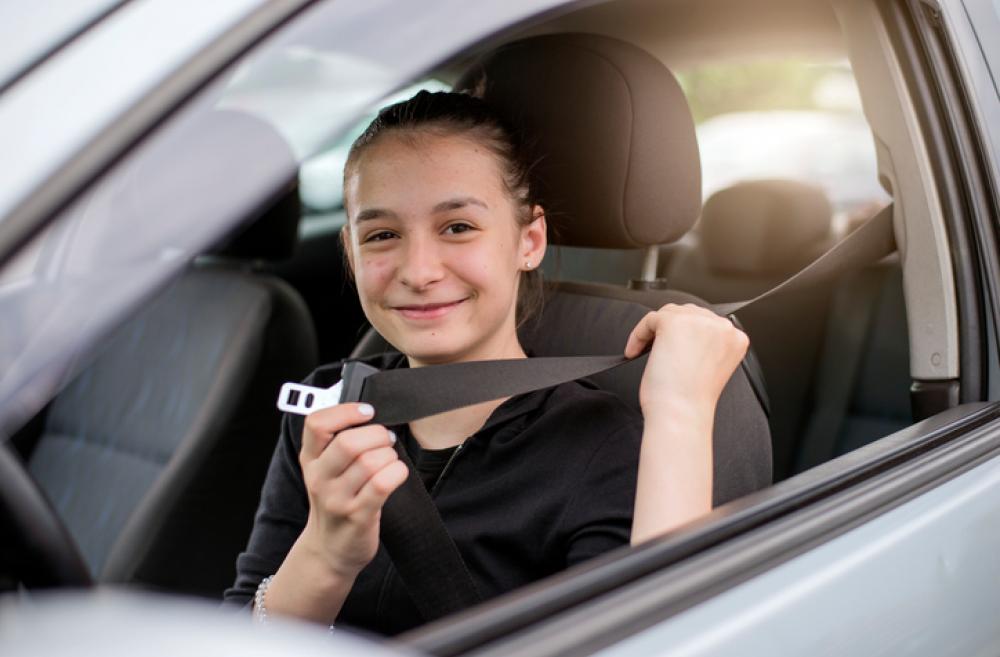Justin Stoltzfus
American teens are much more likely than seasoned drivers to get involved in car accidents. But for many teens, the real consequences of crashes aren’t always real — until they hit close to home.
Teens in the Driver Seat (TDS), a program operated by the Texas Transportation Institute, seeks to raise awareness of safe driving with a method that not all school districts and municipalities have tried: direct peer-to-peer education.
In TDS chapters (mostly in Texas and expanding to other states), teens talk directly to other teens and help design the program’s curriculum. The program’s website includes stories written by teens who share the hard lessons they learned about driving safety. Members and proponents have cited this teen-to-teen factor as a major strength of the program. TDS claims that it, along with Texas’ graduated teen licensing laws, has reduced crash rates in many cities and school districts in which it has set up shop.
TDS estimates that 3,000 teens die in crashes each year, and tens of thousands more are injured or cause injuries. Its website has a running tally of estimated teen crash deaths so far for the year. High teen accident rates are financially costly as well. Nationwide, the economic cost of car crashes involving teens is $41 billion a year, according to the Texas Transportation Institute. And any family with a teenager knows how much auto insurance premiums can spike when a teen is added to the policy.
TDS tackles these problems by targeting what it sees as the biggest dangers that teen drivers face.
According to the group’s research, the top five risks associated with teen driving are:
- Nighttime driving. In 2009, 26 percent of teen crash deaths occurred between midnight and 6 a.m., according to the Texas Transportation Institute.
- Speeding. Teens, because of their lack of experience, have trouble determining how much space to leave between their cars and the cars ahead of them when driving at high speeds.
- Distractions. Cellphones, the radio and other passengers can cause teens to take their eyes off the road.
- Not wearing a seat belt. Teens buckle up less frequently than older drivers do, according to the National Highway Traffic Safety Administration.
- Driving under the influence. The first years of driving are some of the worst to get a drunken driving conviction. A DUI/DWI conviction will raise a teen’s auto insurance premiums and can stand in the way of scholarships and jobs.

1 thought on “Teens in the Driver Seat: Not your parents’ driver’s ed”